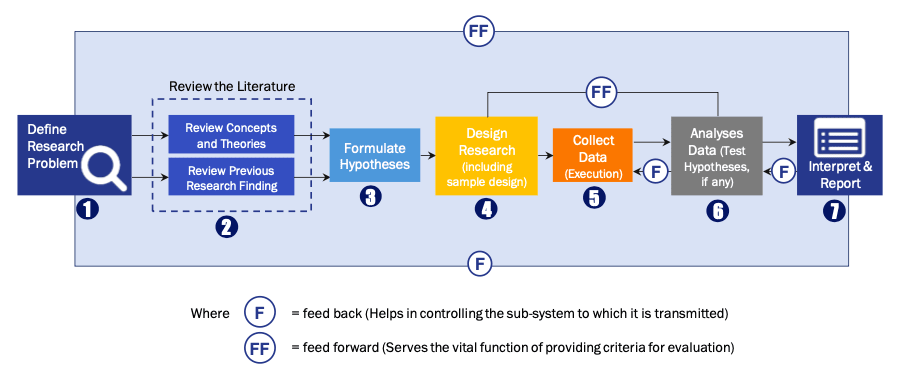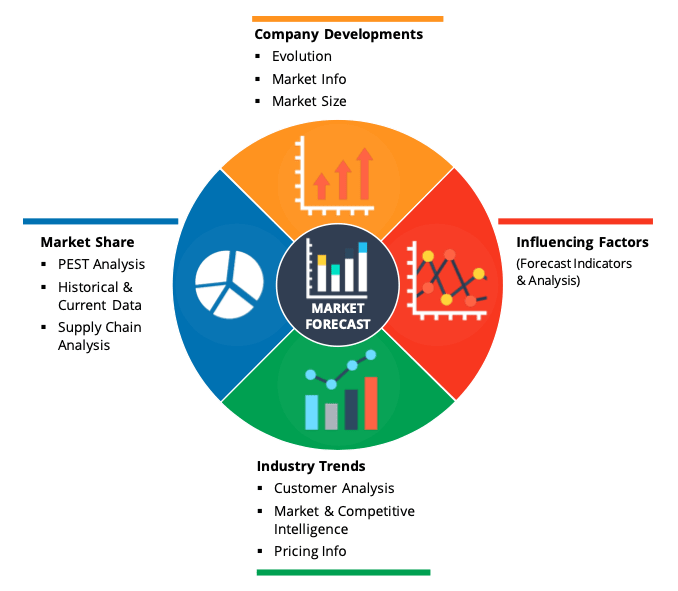Market OverviewVirtual reality has gained widespread recognition as well as adoption over the past years. Recent technological advancements in the field have discovered new enterprises. Many players are emerging in the market with hopes to navigate it toward the mainstream adoption. Launch of commercial VR headsets is likely to accelerate the growth of the digital marketing software market. Technological advancements in the technology are expected to generate plethora of such solutions with diverse capabilities, allowing consumers to experience utmost immersion. Making the technology experience more real serves as a major driver for the market adoption and penetration.
More than 70% of the industry players have their dominance in technologically advanced region such as North America. The companies are making efforts to create awareness about the products. For instance; recently Dassault Systems presented help to the students of University of Switzerland by making them aware of industrial process and latest technologies. With the help of VR, the company helped over 700 engineering students, made them aware of digital software such as CATIA for multi-disciplinary system documentation and design, ENOVIA for collaboration, 3DEXCITE for the high-end 3D visualization, and DELMIA for robotics manufacturing simulation. Companies are increasingly investing in digital marketing technology to stay ahead of the competition.
Segment OverviewThe digital marketing software market has been divided based on component as software and services. Companies are planning to invest in the software with the aim to create better user experience. Furthermore, owing to the growing investments and R&D activities, software segment is expected to be on the rise whereas services witnessed a steady rise.
The adoption of software technology is likely to increase in healthcare and education industry, thus boosting the market size. The technology can be used for monitoring patients, providing training, and practicing surgeries. As per the research studies, virtual digital marketing software is expected to be the future of virtual learning.
Regional OverviewUS giants such as Adobe System, Microsoft continue to focus on R&D activities for software to further stimulate the digital marketing software market share. The growth in the North America region is mainly attributable to increased funding in start-ups, making market dynamic.
Asia-Pacific, on the other hand is anticipated to grow at a higher rate, due to the presence of large emerging economies, coupled with the rising acceptance of technologically advanced products in the region. This is, in turn, anticipated to encourage the industry players to invest in region. China is likely to account for a prominent share, owing to the rising adoption of technology such as VR in the country.
Competitor overviewSome of the key industry players are Adobe system, Oracle, SAP. In terms of the market share, these major players dominate the market. Though, with increasing inventions in the technology, many of these companies are focusing on increasing market presence by securing new the contracts and by tapping new markets.
Investments by technology vendors are creating advancement in the field of digital marketing technology, which is expected to change the vision of traditional methodology. With technology giants, such as SAP, investing significant amounts in tech startups for the development of new software, along with the other prominent players investing in R&D over this segment, future of the market is anticipated to be more competitive.
Key Players
- Adobe System
- Oracle
- SAP
- Salesforce
- IBM
- Marketo
- Microsoft
- HubSpot
- SAS Institute
- Act-on Software
Market SegmentationBy Component
By Deployment
By Application
- Banking, Financial Services, and Insurance
- Transportation and Logistics
- Consumer Goods and Retail
- Education
- Healthcare
- Manufacturing
- Media and Entertainment
- Telecom and IT
- Travel and Hospitality
- Others
By Geography
- North America
- Europe
- UK
- Germany
- France
- Italy
- Spain
- Rest of Europe
- Asia-Pacific
- Japan
- China
- India
- Australia
- South Korea
- Rest of Asia-Pacific
- LAMEA
- Brazil
- Saudi Arabia
- UAE
- Rest of LAMEA
Research Process
Data Library Research are conducted by industry experts who offer insight on
industry structure, market segmentations technology assessment and competitive landscape (CL), and penetration, as well as on emerging trends. Their analysis is based on primary interviews (~ 80%) and secondary research (~ 20%) as well as years of professional expertise in their respective industries. Adding to this, by analysing historical trends and current market positions, our analysts predict where the market will be headed for the next five years. Furthermore, the varying trends of segment & categories geographically presented are also studied and the estimated based on the primary & secondary research.
In this particular report from the supply side Data Library Research has conducted primary surveys (interviews) with the key level executives (VP, CEO’s, Marketing Director, Business Development Manager
and SOFT) of the companies that active & prominent as well as the midsized organization
FIGURE 1: DLR RESEARH PROCESS

Primary Research
Extensive primary research was conducted to gain a deeper insight of the market and industry performance. The analysis is based on both primary and secondary research as well as years of professional expertise in the respective industries.
In addition to analysing current and historical trends, our analysts predict where the market is headed over the next five years.
It varies by segment for these categories geographically presented in the list of market tables. Speaking about this particular report we have conducted primary surveys (interviews) with the key level executives (VP, CEO’s, Marketing Director, Business Development Manager and many more) of the major players active in the market.
Secondary Research
Secondary research was mainly used to collect and identify information useful for the extensive, technical, market-oriented, and Friend’s study of the Global Extra Neutral Alcohol. It was also used to obtain key information about major players, market classification and segmentation according to the industry trends, geographical markets, and developments related to the market and technology perspectives. For this study, analysts have gathered information from various credible sources, such as annual reports, sec filings, journals, white papers, SOFT presentations, and company web sites.
Market Size Estimation
Both, top-down and bottom-up approaches were used to estimate and validate the size of the Global market and to estimate the size of various other dependent submarkets in the overall Extra Neutral Alcohol. The key players in the market were identified through secondary research and their market contributions in the respective geographies were determined through primary and secondary research.
Forecast Model


